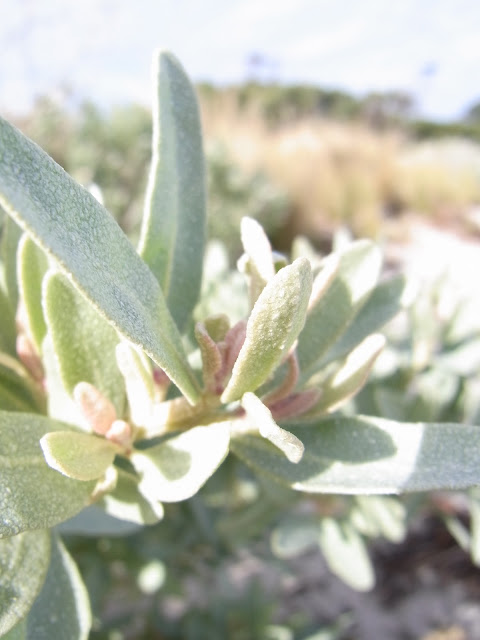 |
| It's frog season here, natural insect control, environmental barometer, lullaby and cute distraction. |
I've been waiting for the inspiration to write a stream of consciousness post. For passion to strike so that I can write something heartfelt, perhaps entertaining, maybe interesting to people other than me....
We've been so busy lately, markets, supplying chefs, digging, propagating, planting, weeding, family stuff and quite a bit of playing too, that finding room in my mind for more than just a perfunctory plant listing has felt impossible.
But, tonight I'm fired up!
A huge, EVIL, black cat was just sitting on my back doorstep. I hate cats. So bad.
I have young chickens in my garden and I like to think that my choice in animals should not be affected by other peoples. My chickens will not jump a fence and kill somebody elses cat (no matter how much I wish they could...).
We deliberately leave room in our garden for wildlife. Apart from the fact that we love native birds and animals, they deliver an economic benefit in the form of pest control. Birds love insects, bluetongues eat snails and if you have bandicoots on your land, an optimal population of these critters will cultivate your entire soil surface over a 20 year period, all the while controlling corbie grubs and looking cute.
 |
| 'Our' river. |
 |
| Jewel beetle. Beautiful part of a balanced landscape. |
Cats will directly affect populations of native creatures by killing and eating them. Consider that a house cat is recommended to be fed 150g per day, and a blue wren weighs 8 grams. A feral cat must need to take thousands of tiny lives to keep itself alive. But here is the bit that makes me really MAD, and frightened. A less understood, but terrible aspect of feral cats is toxoplasmosis.
Toxoplasmosis is a disease caused by parasitic protozoa. It is carried by cats, spread by their faeces, harboured in earthworms, and is known to be dangerous to pregnant women and people with weakened immune systems. Feral cats spread the disease to native animals for whom it can be fatal. Where I live we have regular encounters with pademelons in daylight. These animals are nocturnal, but toxoplasmosis causes blindness, loss of coordination, and the animals soon lose a sense of night and day, and eventually weaken and die. One such animal was recently attacked by a neighbour's dog in my paddock, unable to hop away. I had the choice of furthering its suffering by trying to catch it, taking it to a vet to be euthenased, or leaving it to die in the bushes.
What I'd like to see, at least, is legislation controlling cats, at least equal to that involved with dogs. I'd like, at best, to see compulsory desexing, dusk to dawn, curfews and people being obliged to keep cats within their own boundaries, particularly in rural areas and adjacent to bushland.
What does all this have to do with plants, growing food and all the things I usually rant about?
Here, I'm hoping to tread lightly. To share my ideals of using land thoughtfully, valuing natural areas, looking after biodiversity, both in native and economic species.
So, please allow me my rant, and we'll get back to writing about a beautiful, edible plant next time.....
 |
True free range (from the moment it hatched) chick.
Totally at the mercy of predators.
Its mother can protect it from hawks, cats are another matter.
We learned a few years ago we can only keep large breeds here.
Bantams all get taken by cats. |
 |
Native hens, also at the mercy of cats. Our local family hatch
up to 14 chicks and they usually dwindle to 2-3 survivors
when cats are about. |
We'll be down at Farm Gate Market, with the best of our plants and produce this Sunday, the 12th of February, from 9-1, and at MoMa on Sunday the 19th of Feb. Hope to see you there!!













